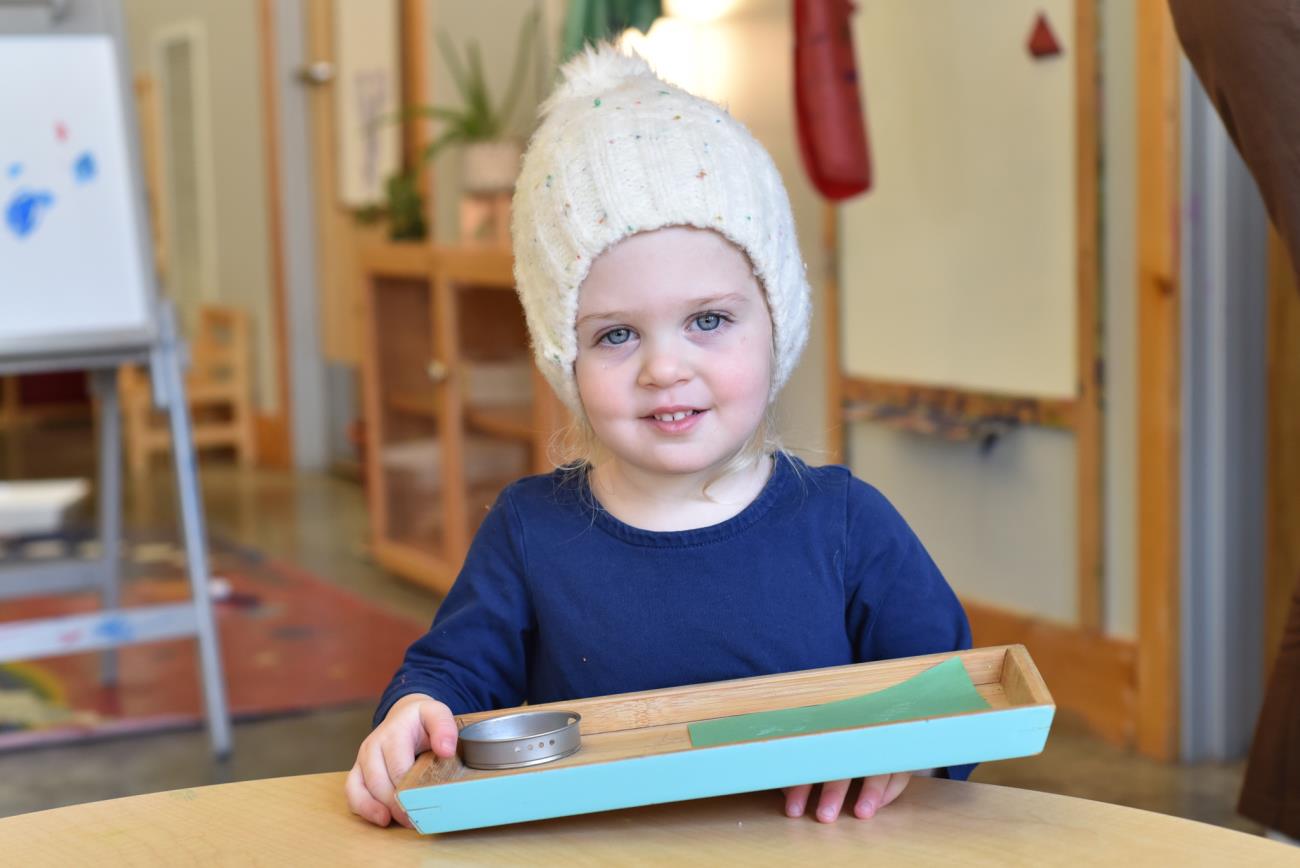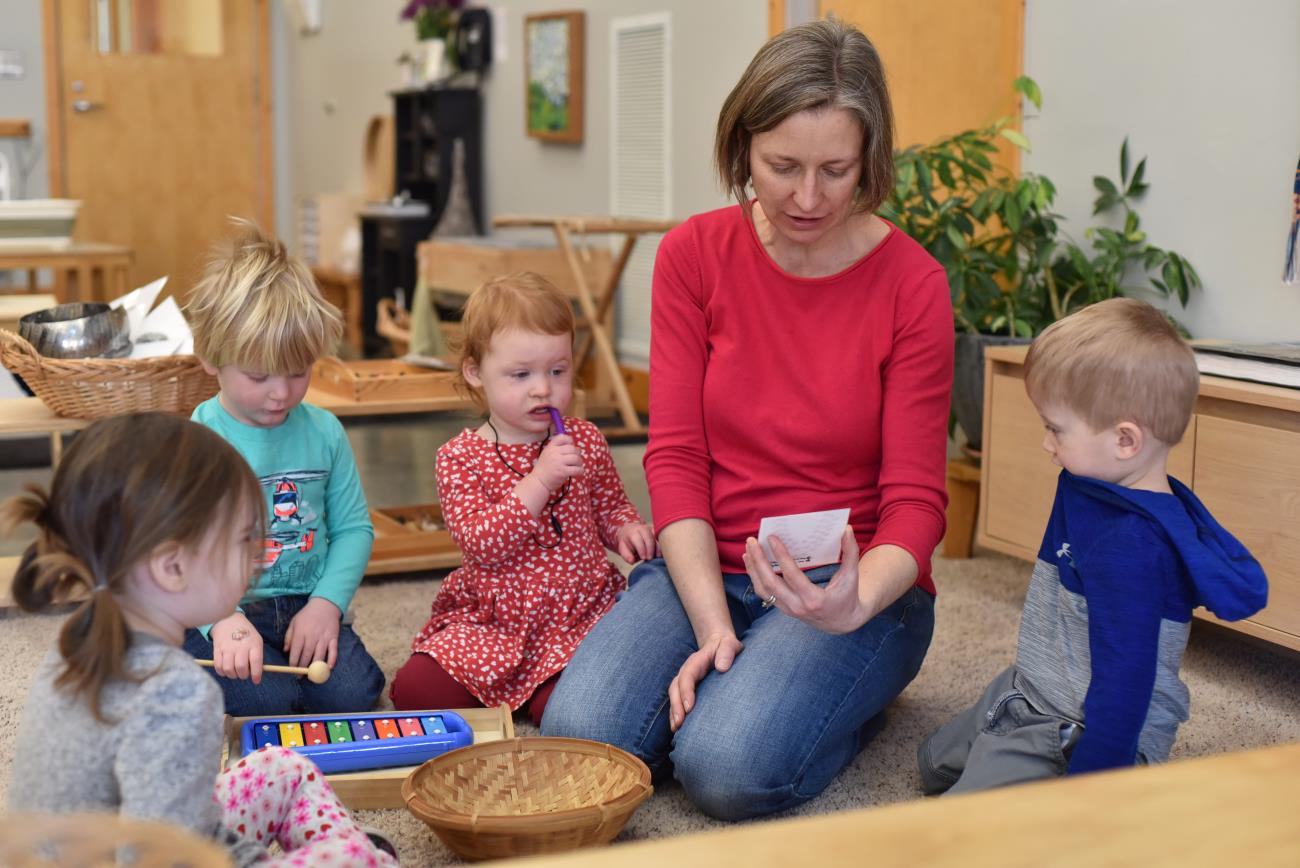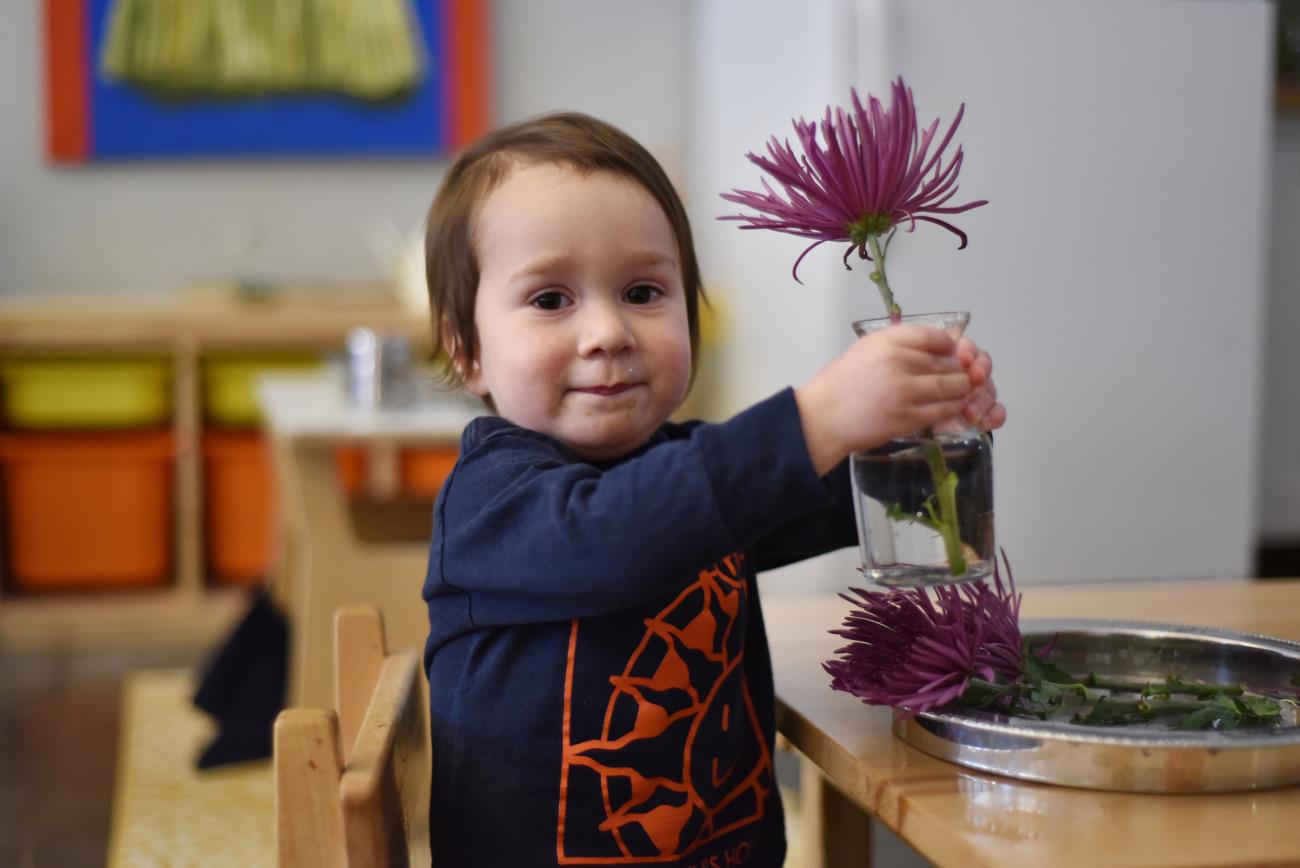It sometimes feels uncomfortable for adults to set up limits and discipline the child. We all carry baggage from our childhood when it comes to memories of being disciplined. The word “discipline” brings negative feelings, and as a result we are sometimes reluctant to set limits to a child's actions, worrying that it may squish their personality. As a result we end up negotiating endlessly with a child who quickly learns that all limits are negotiable.
So what can we do instead?
-
We can start by understanding that young children need to adapt to life and they need to know clear limits in order to feel safe and to belong. We live in a community and this obliges us to respect the laws and rules. Our role as parents, caregivers is to prepare the children for joining a bigger world. You start with your little community - a family of three. Whatever rules you implement in your own house, try to think about the message you are giving to your young child. If you allow the child to run in the house, make sure that your child understands that it may not be ok in other people's homes. During the next visit to grandparent’s house ask them if it is ok to run in their house. It is ok for grandparents to say no and you can help your child understand that sometimes different houses have different rules and although it is ok to run in our house, when we are visiting other people we need to follow their rules. This is the example of helping your child to adapt to life in society.
-
It is very important for parents to respond in the same way to a child's misbehavior. It takes a lot of practice but there are a few things that you might be able to prepare yourself for. Make time to sit down with your partner and discuss what are the rules in your house (example: we use table manners during meals, we don’t hurt pets or others, we don’t break objects on purpose in our house, etc) or what are the behaviors of your child that bother you? Sometimes one of the parents may be more tolerant of certain behavior than the other. Remember, you are preparing your child for a life in a bigger community. If one of the parents feels irritated by the child throwing food at the dinner table this probably is the right reaction. Patrons of a restaurant would appreciate not being hit by flying broccoli while trying to enjoy their meal. I would say that any time negative actions of the child may impact others is an opportunity for addressing behavior. Establishing a few rules will help you come up with the words or action that you will take when children test the bounderies.
-
We need to teach children from a very young age that words have meaning. Sometimes we tend to talk too much to the children and they tune out our voices. Sometimes the child simply tests the situation and does not want to do what we asked. But it is crucial to follow through and show with action what our words mean. We use different approaches for children at a different age. Children under 2 years old respond well to redirections and showing how. Older children are offered choices and consequences. When a verbal direction is not followed up by the child we need to physically intervene. For example, we would take a child's hand and say: “You are running, I am going to hold your hand and walk with you in the classroom.” Here, the action was stated: “running,” the child was shown what is expected instead: “walking.”
-
We can guide the child with a calm and patient voice. Sometimes the voice needs to be a matter of fact voice. Sometimes we need to say: “No, you cannot do it, but this is what you can do instead” or “We don’t do it here” or “I will not let you hit me.”
-
Try to avoid asking questions: “Would you like to clear your plate?” “Can you put away your blocks before dinner?” Remember, these questions leave room for negative answers. Instead say “Please, take your plate to the dishwasher.” “Dinner is ready, it is time to put your blocks in the basket.”
-
Remember that you are a role model for your children. If you want to correct their behavior, you need to first look at yourself. Is my child copying something I am doing?


